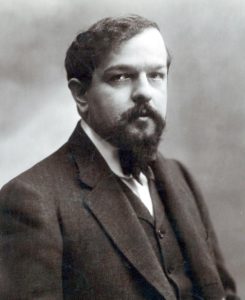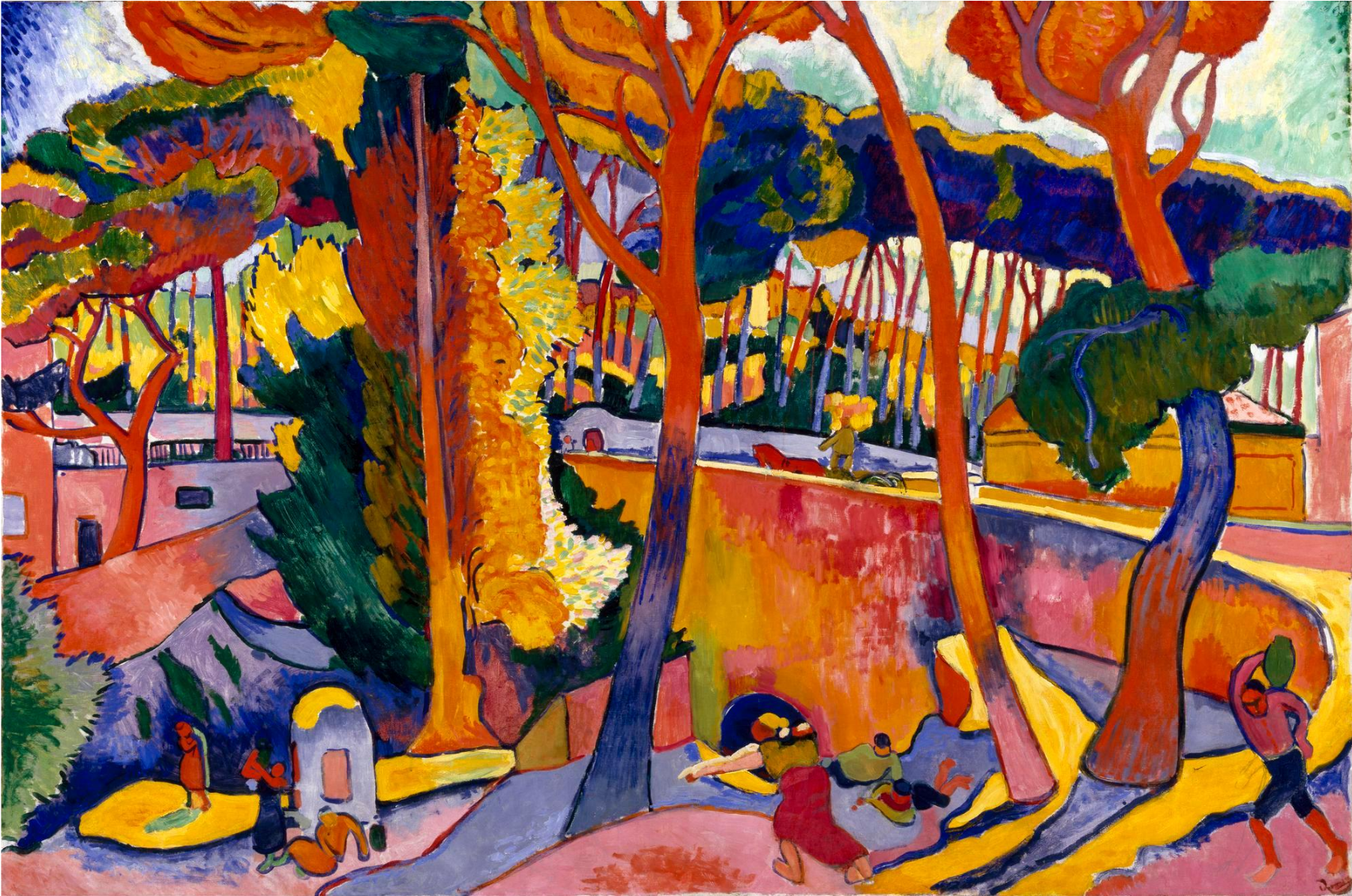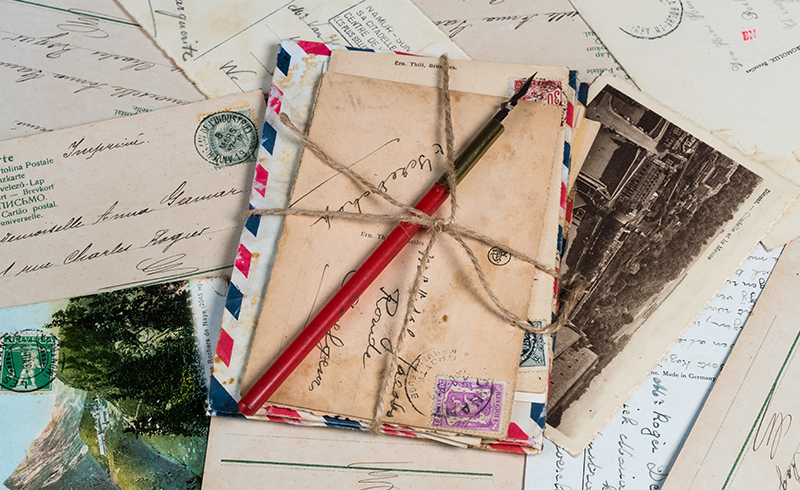On March 26, 28, and 29, conductor Matthias Pintscher and pianist Cédric Tiberghien team up for Mozart’s Piano Concerto No. 20, an eclectic program of works by Mozart, Debussy, and Webern. In this post, discover Debussy’s delightful Images for orchestra, a series of musical pictures inspired by England, Spain, and France.

Composed between 1906 and 1912, Images was Debussy’s final concert work for orchestra. Reflecting his preoccupation with the relationship between sight and sound, this sophisticated masterpiece conjures images of England, Spain, and France, inviting listeners to imagine their own musical pictures.
Possibly inspired by Debussy’s visits to England, the enigmatic Gigues (Jigs) is the first of the set, although it was in fact the last Image to be completed. The music begins hazily; above muted strings, a solo flute introduces a motif derived from “The Keel Row,” a Northumberland folk tune that was ubiquitous in Britain at the time. Interestingly, the same tune had been used by Debussy’s contemporary Charles Bordes to set a poem by Verlaine. Verlaine’s verses are the bitter reflection of a jilted lover and return again and again to the sarcastic refrain, “Dansons la gigue!” (“Let’s dance the jig!”). Perhaps influenced by this poetic connection, Debussy originally intended to call this Image “Gigues triste,” or “Sad Jigs.” Whether the music had some other meaning for Debussy is one of the sphinxlike composer’s secrets.
After this introduction, an unaccompanied oboe d’amore (a slightly larger, lower, and mellower cousin of the oboe) introduces a melody marked doux et mélancholique—“soft and melancholy.” The tempo quickens as a pair of bassoons begin to develop distorted fragments of “The Keel Row.” These two ideas—“The Keel Row” and the oboe d’amore theme—are developed in the remainder of Gigues. The oboe d’amore plays a special solo role throughout.
Though it does not include any actual Spanish folk music, the second Image, Iberia, clearly invokes the Spanish idiom that became so popular in late 19th century France. Completed in 1908, it was the first of the three Images Debussy wrote. It is also the longest, and is further subdivided into three parts. The first, Par les rues et par les Chemins (In the Streets and on the Roads), is full of the joys of a traveler discovering Spain; its main melodic idea first appears in the clarinet. Powerful brass fanfares initiate a contrasting middle section.
The music slows for the second part, Les parfums de la nuit (The Perfumes of the Night), a nocturnal vision of the perfumed gardens of Andalusia. After an introduction featuring sliding string glissandos, a solo oboe plays the sensuous main theme of the movement; careful listeners will hear it return at the end amid the distant chiming of bells, signaling sunrise. This magical passage fades seamlessly into the finale, Le matin d’un jour de fête (The Morning of a Festival Day). Pizzicato strings act as a giant orchestral guitar, and Debussy juxtaposes different melodies and textures to suggest the clashing sounds one might hear while walking through a festival.

Completed in 1909, the final Image is Rondes de printemps (The Round Dances of Springtime), the French piece of the set. Debussy included an epigraph for this movement: “Long live May, welcome May with his wild banner,” suggesting the jubilant celebration of May Day. Rondes subtly integrates two French folksongs into its musical fabric. The first is a lullaby, “Do do l’enfant do,” which can be clearly heard in the flutes near the beginning. The second, the dancing song “Nous n’irons plus au bois,” is more disguised; its first notes appear sped up or slowed down throughout the work. Debussy seems to have been keen to avoid an overly literal use of folk music in these pieces—like contemporary painters, he was interested in filtering landscapes through his own subjective sensibility and personal style. The folk music references throughout Images give a sense of place and local color to works of great sophistication that were quite modern when Debussy composed them. —Calvin Dotsey
Don’t miss Debussy’s Images March 26, 28, and 29! Learn more and get tickets.



